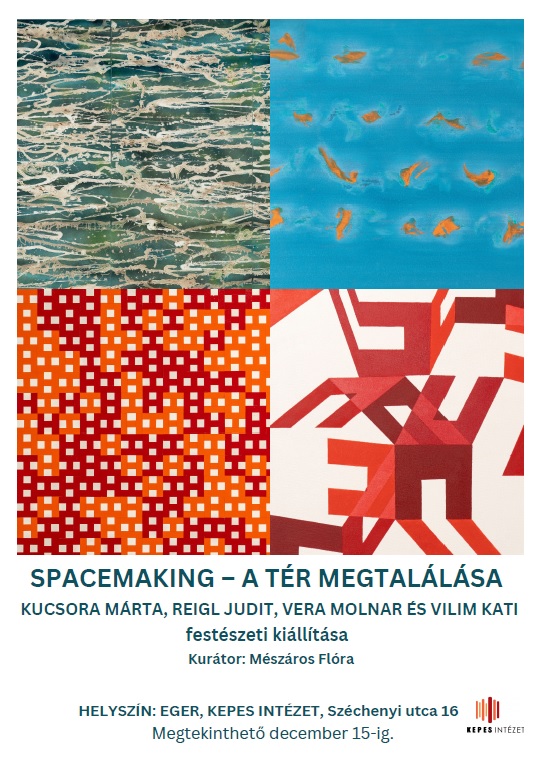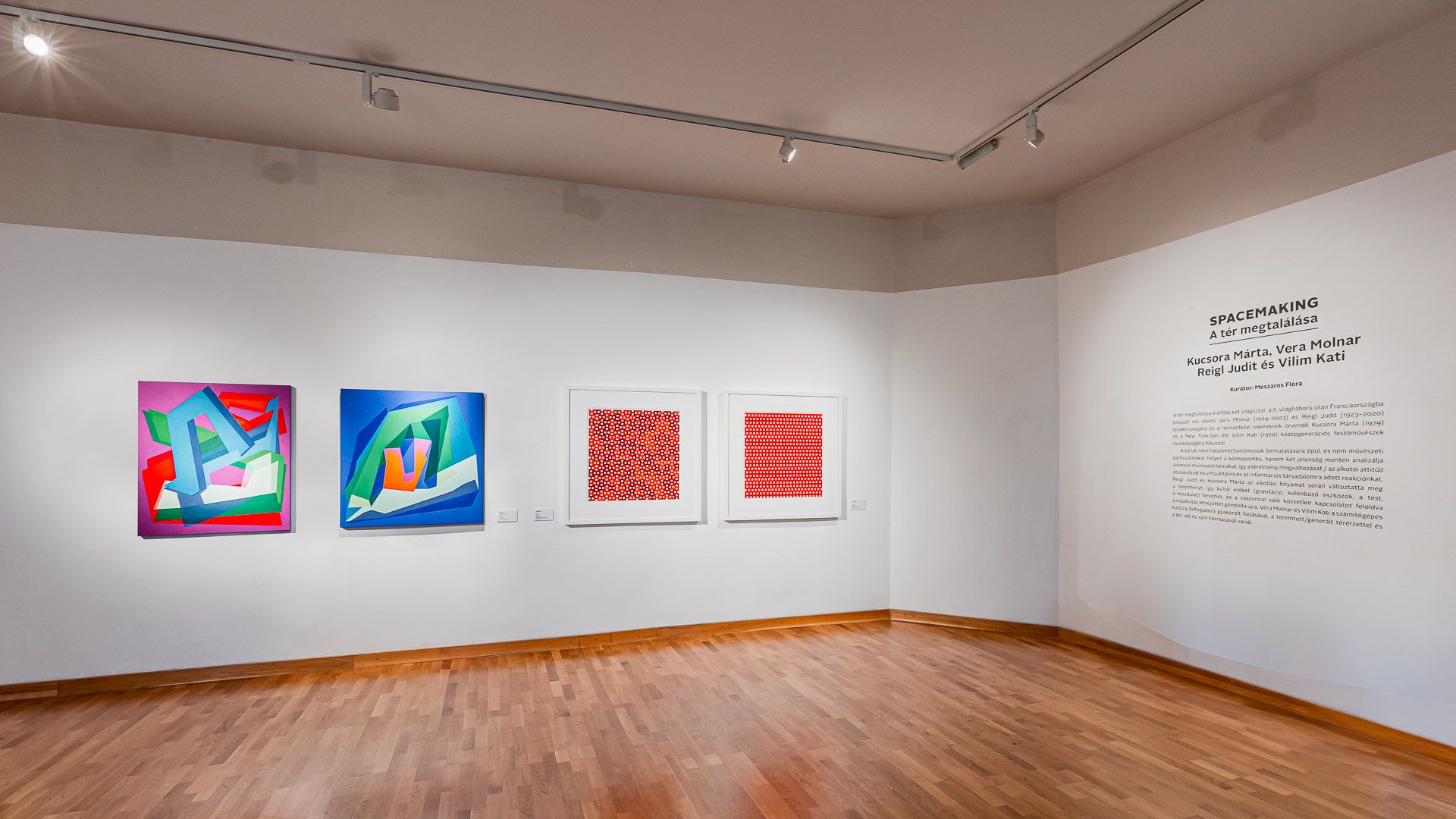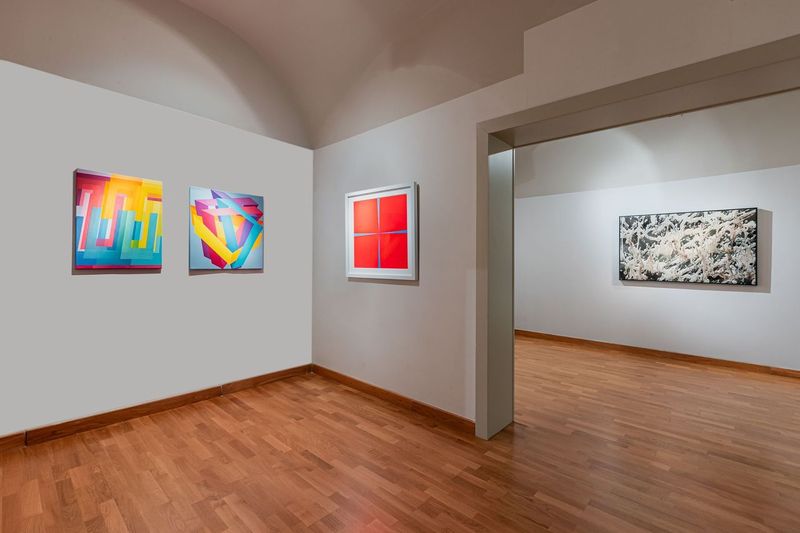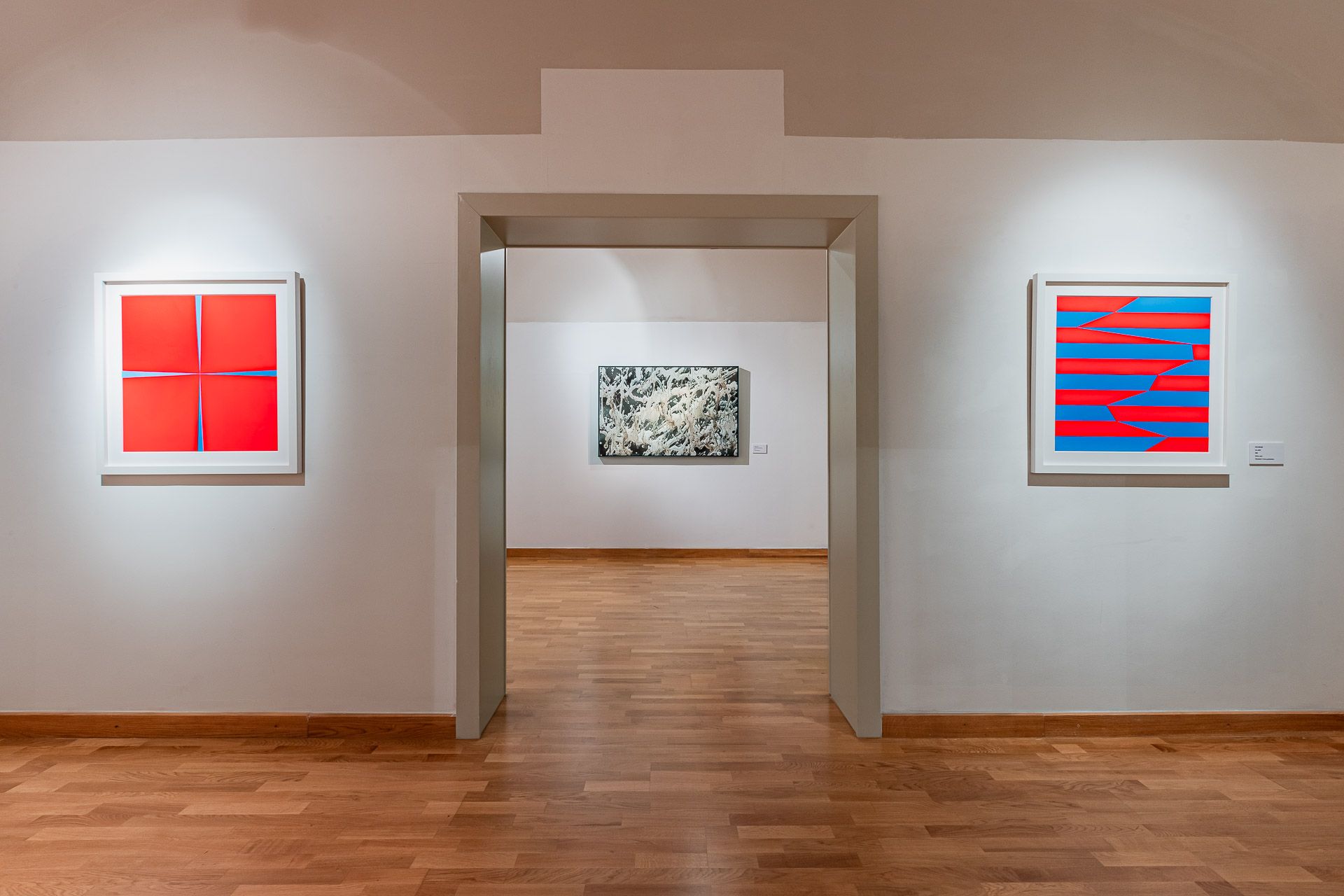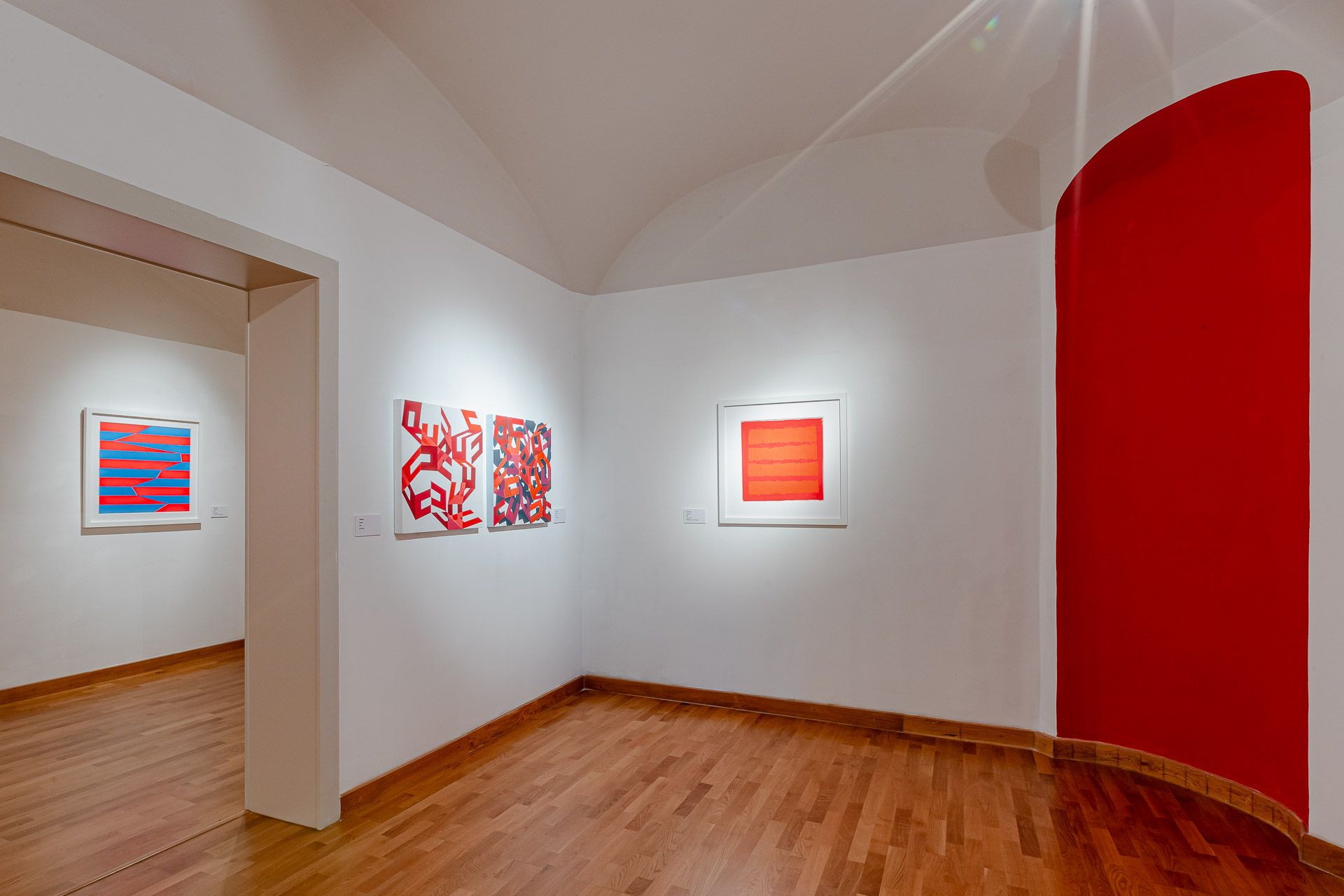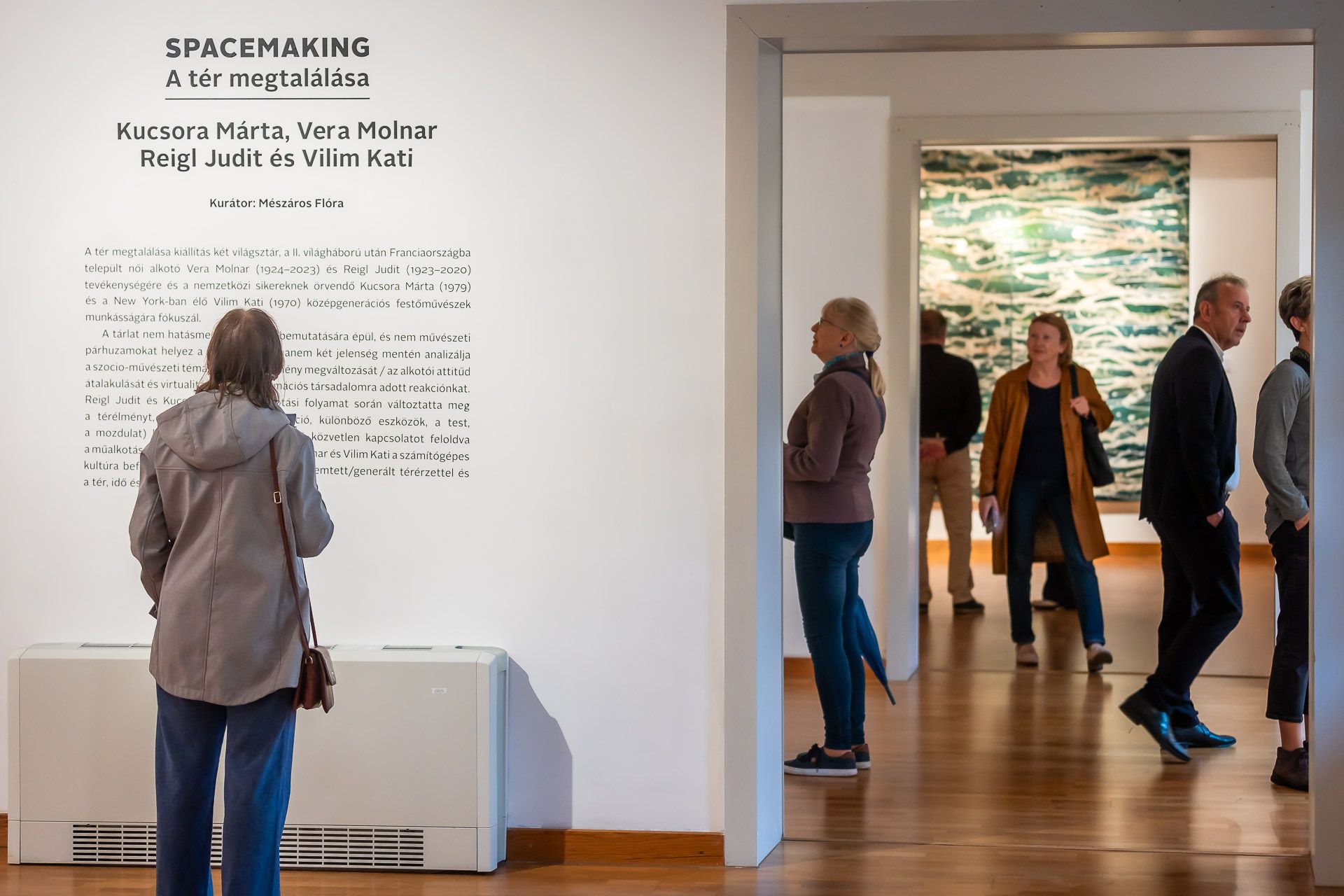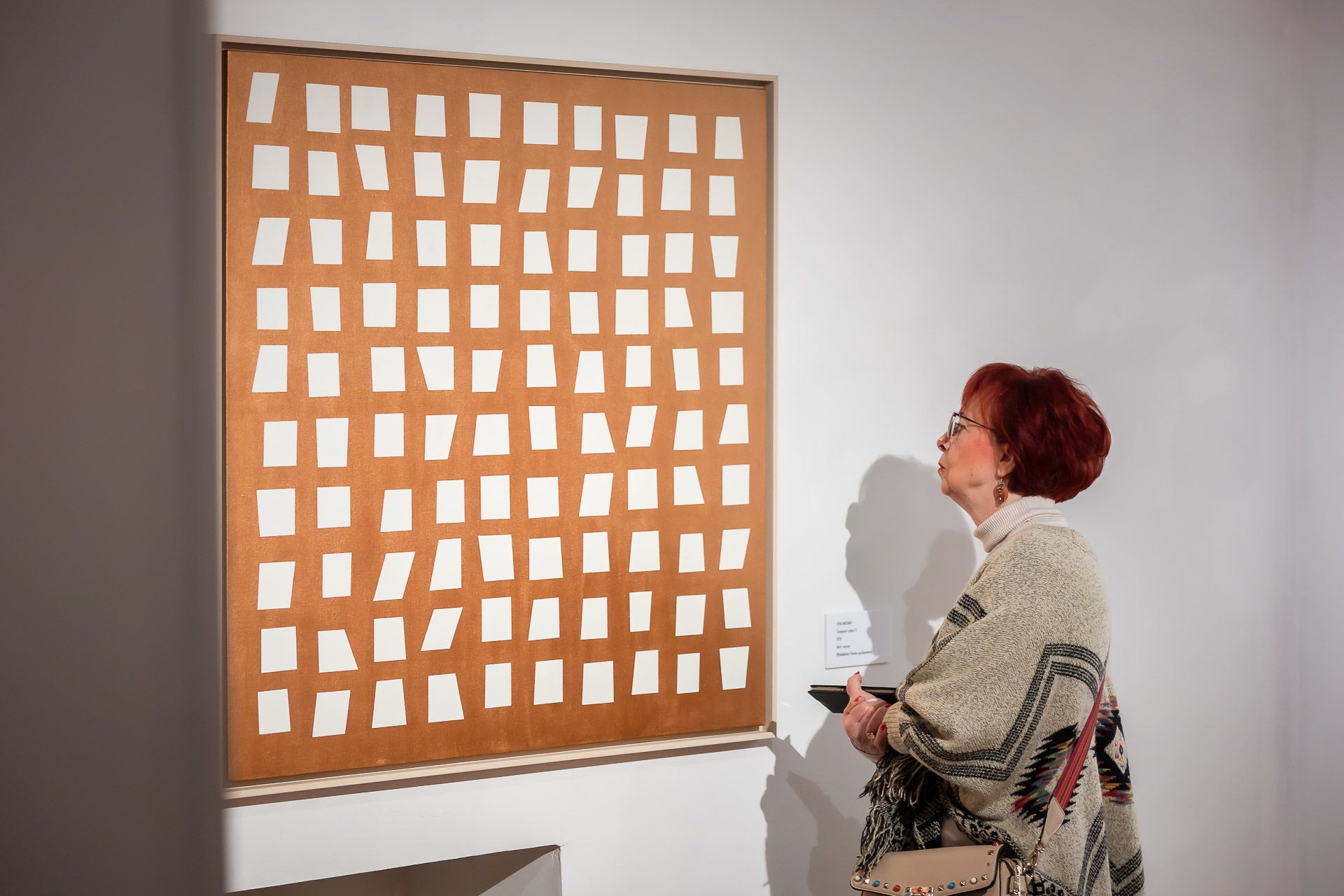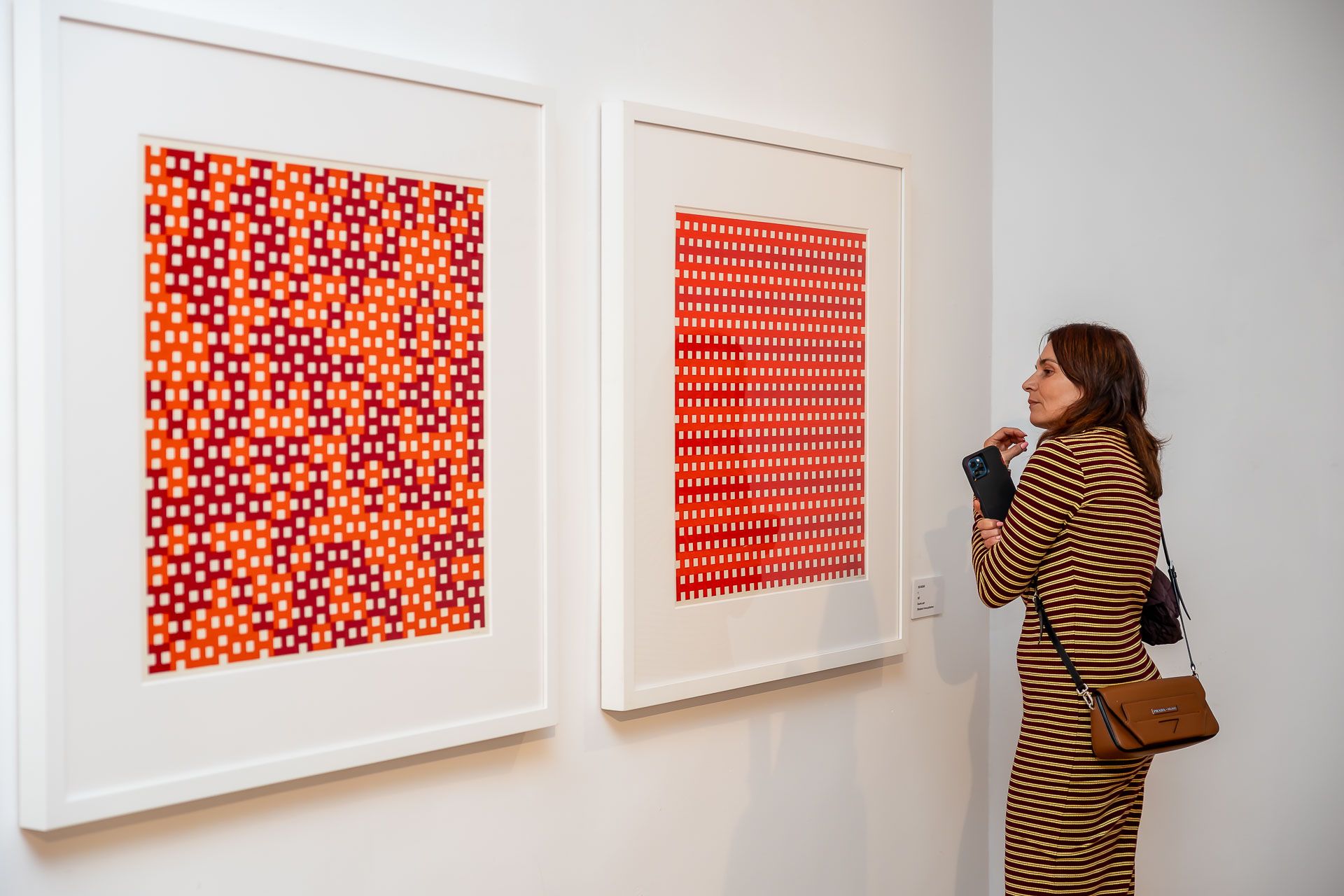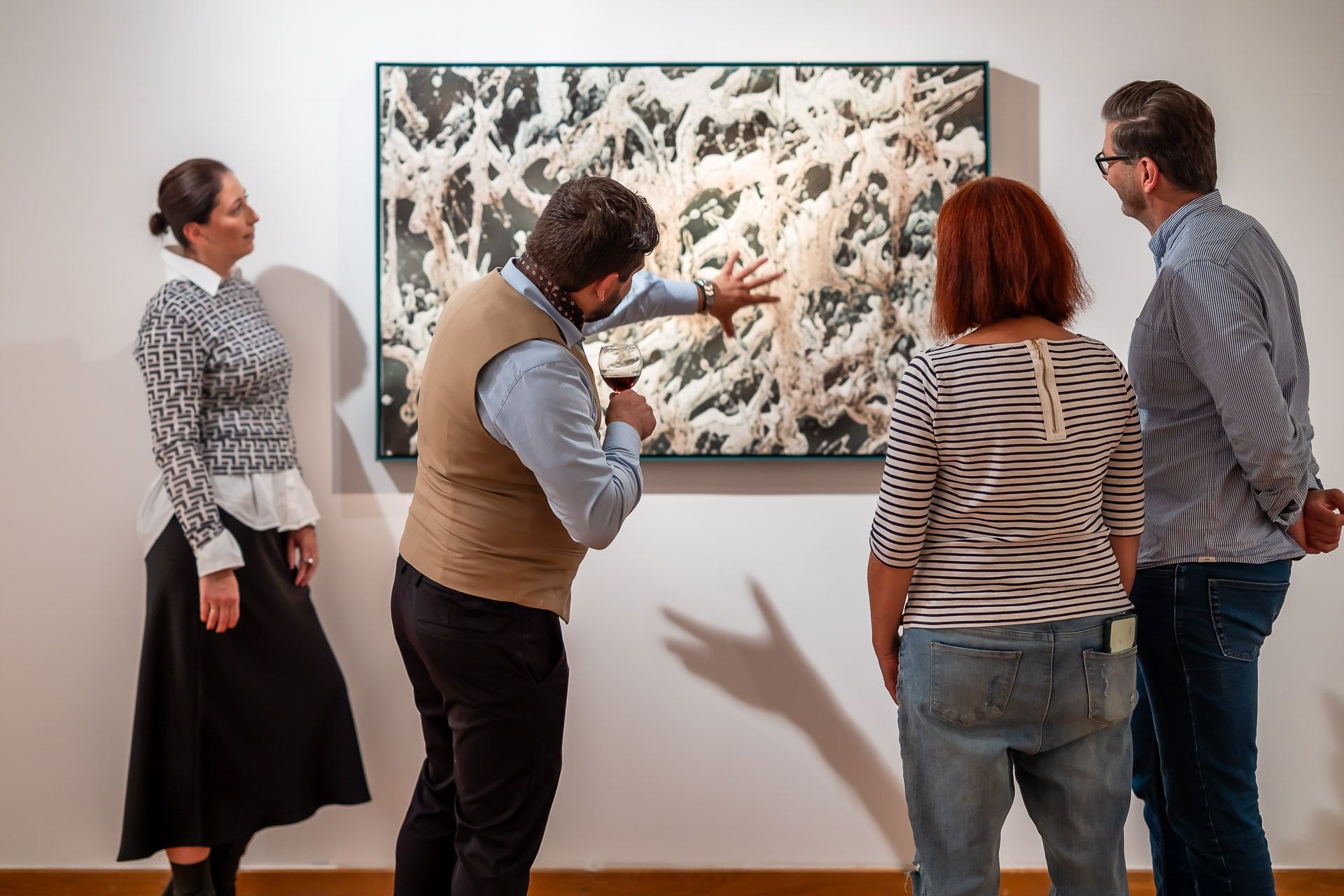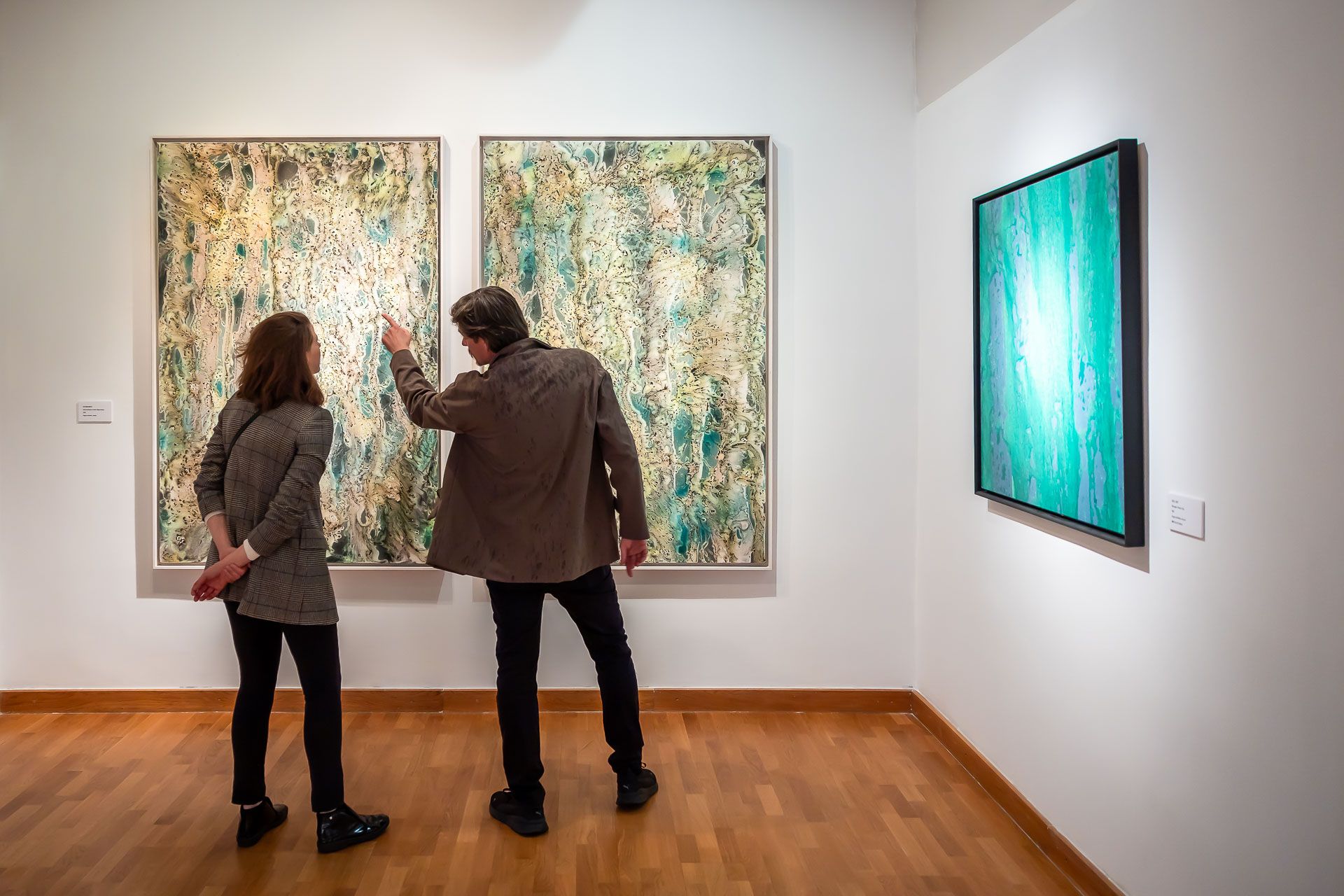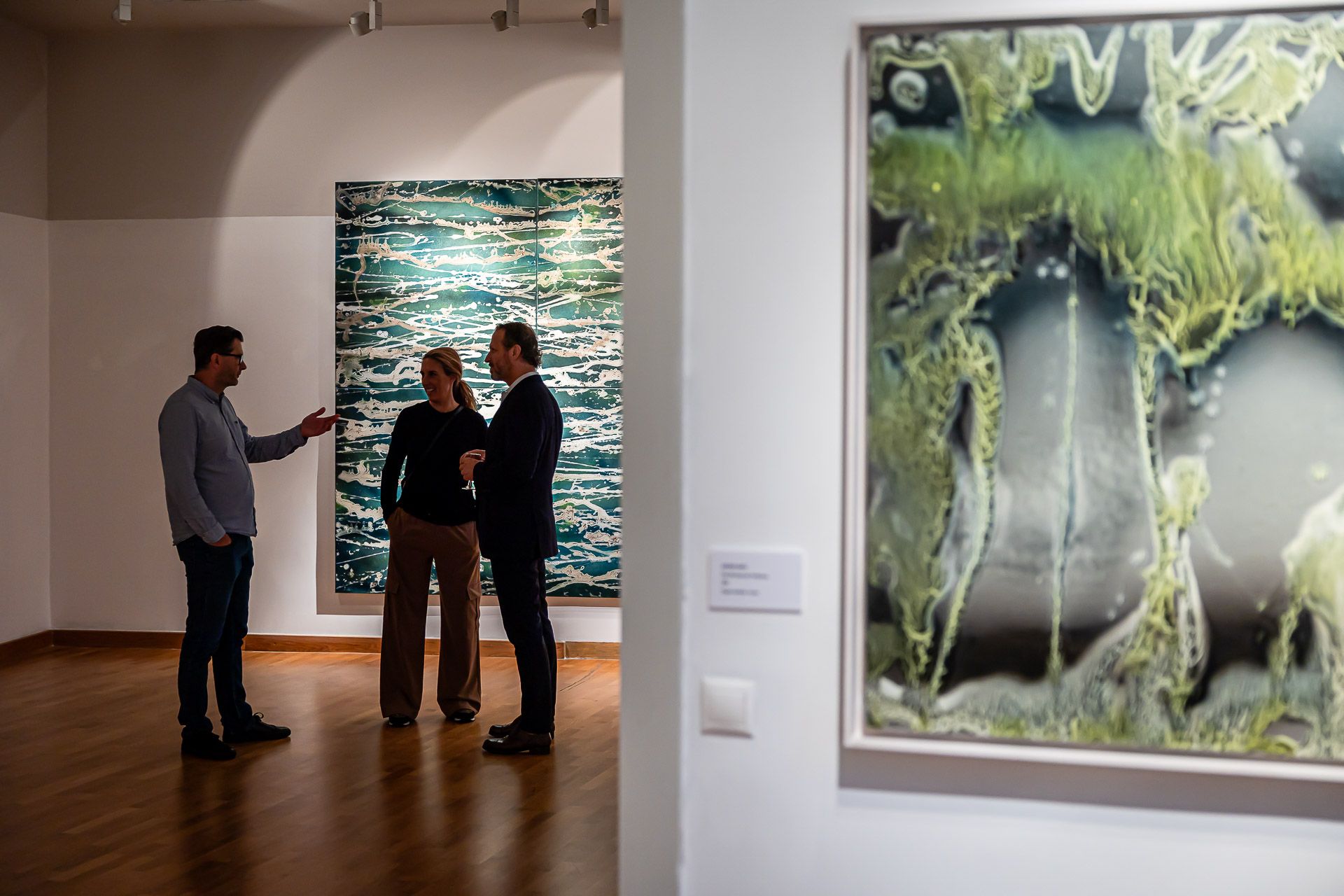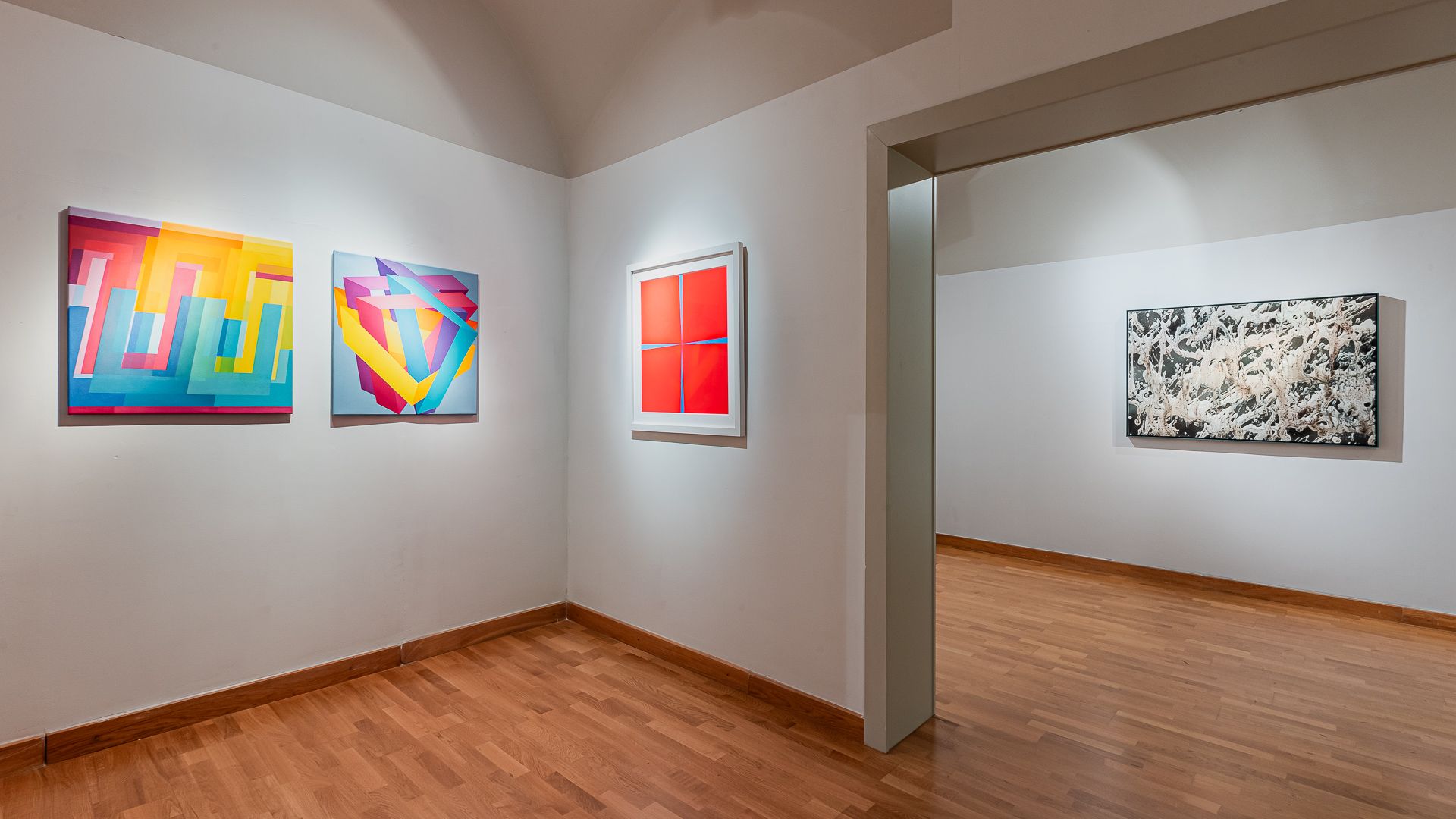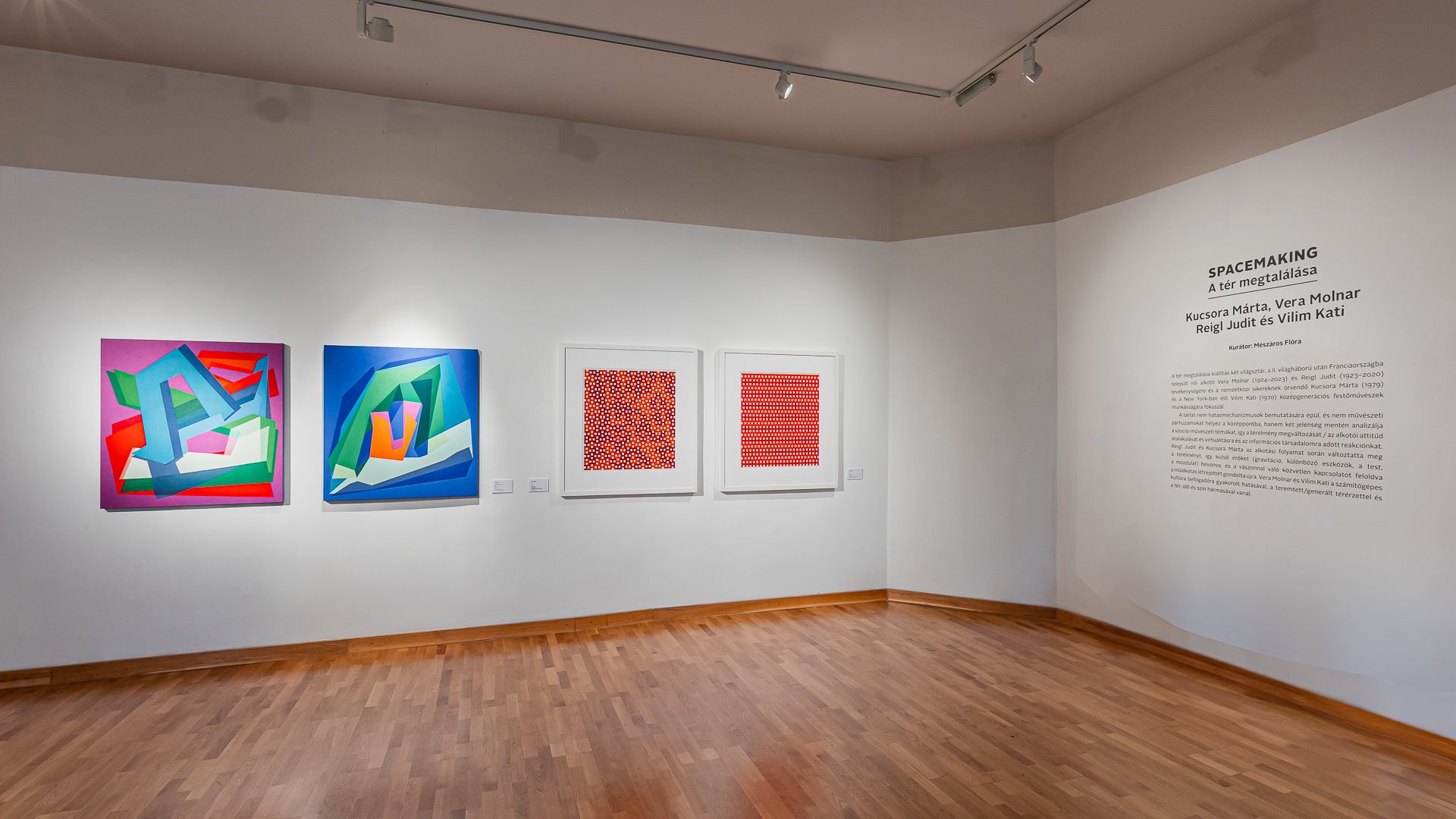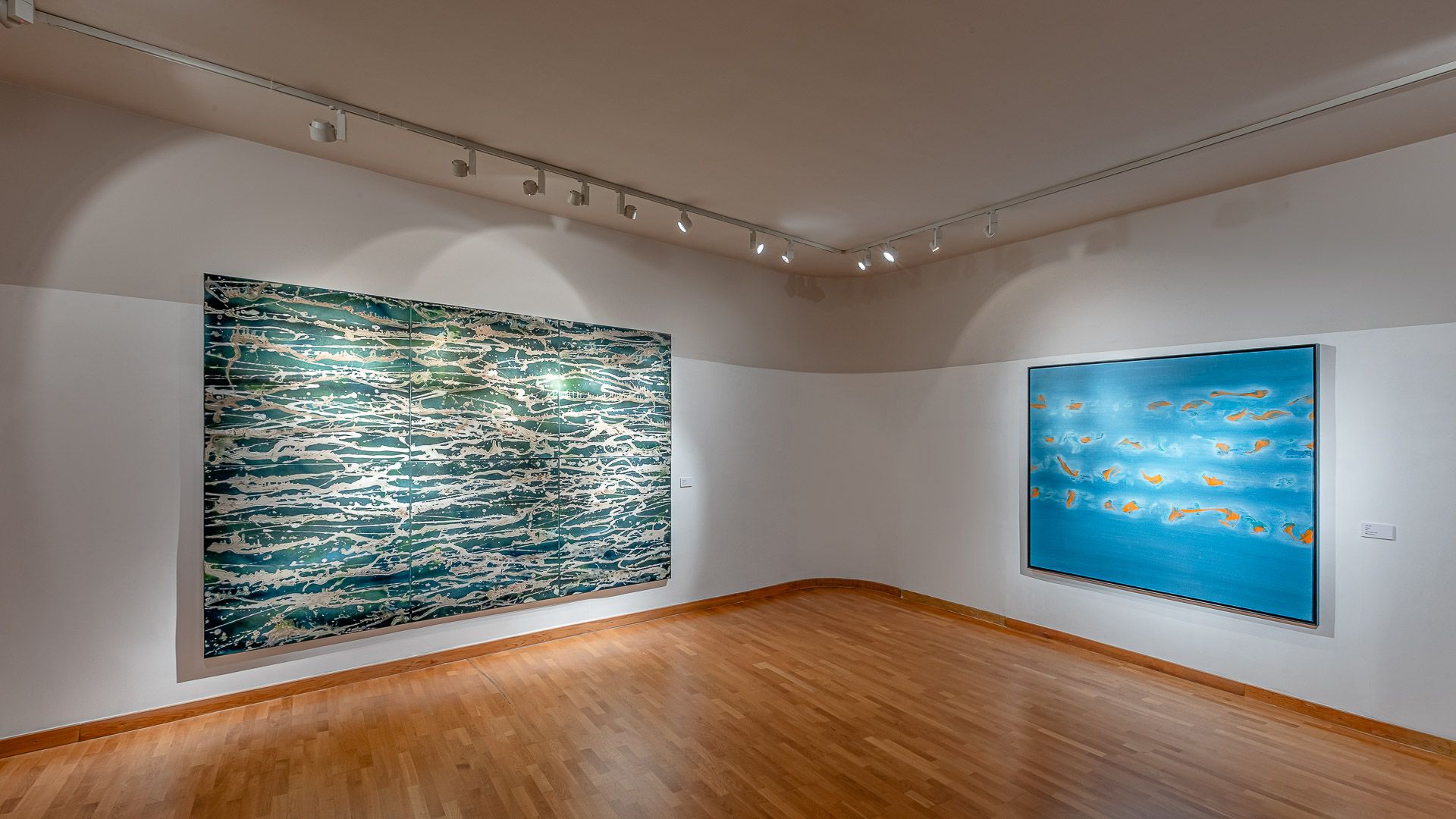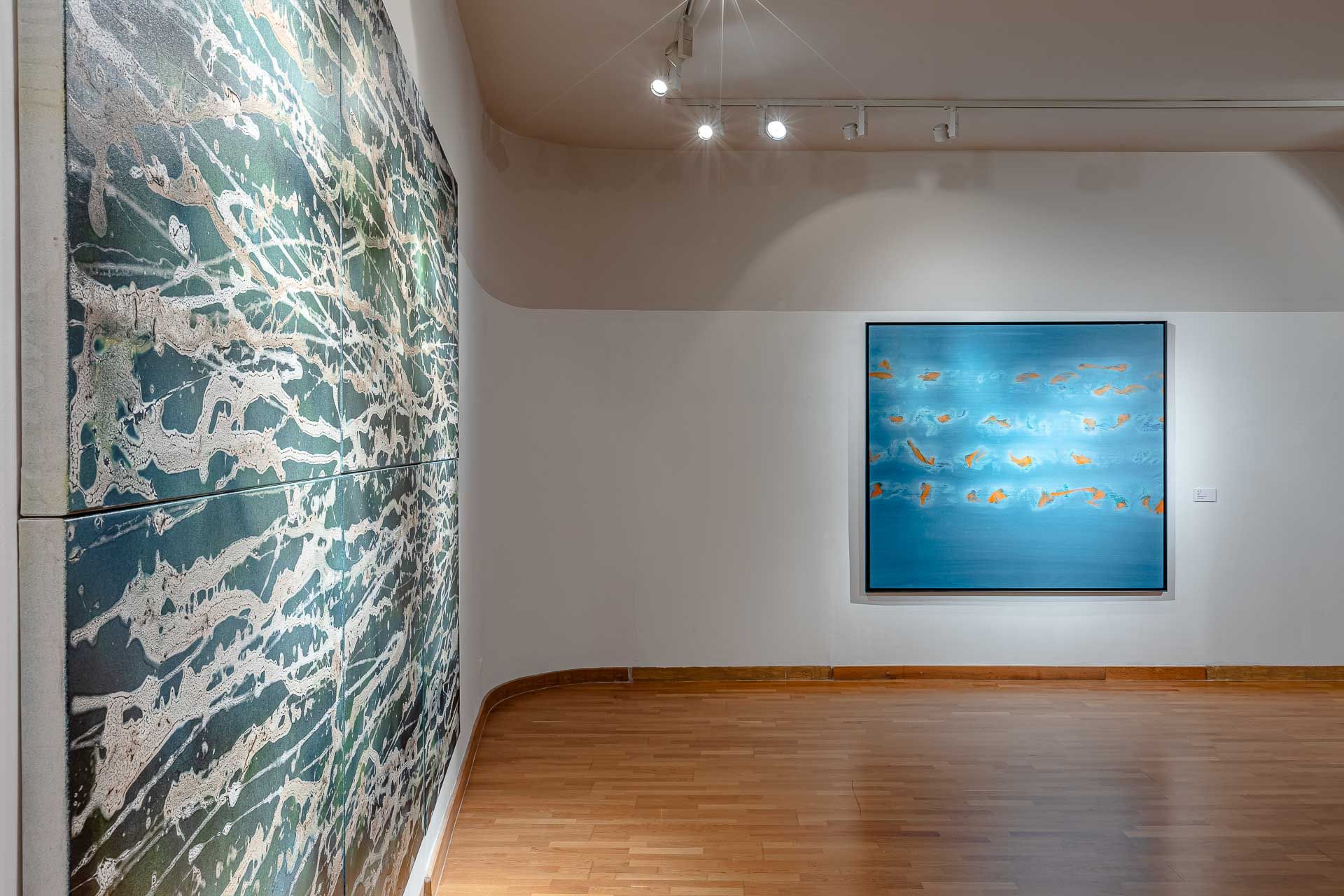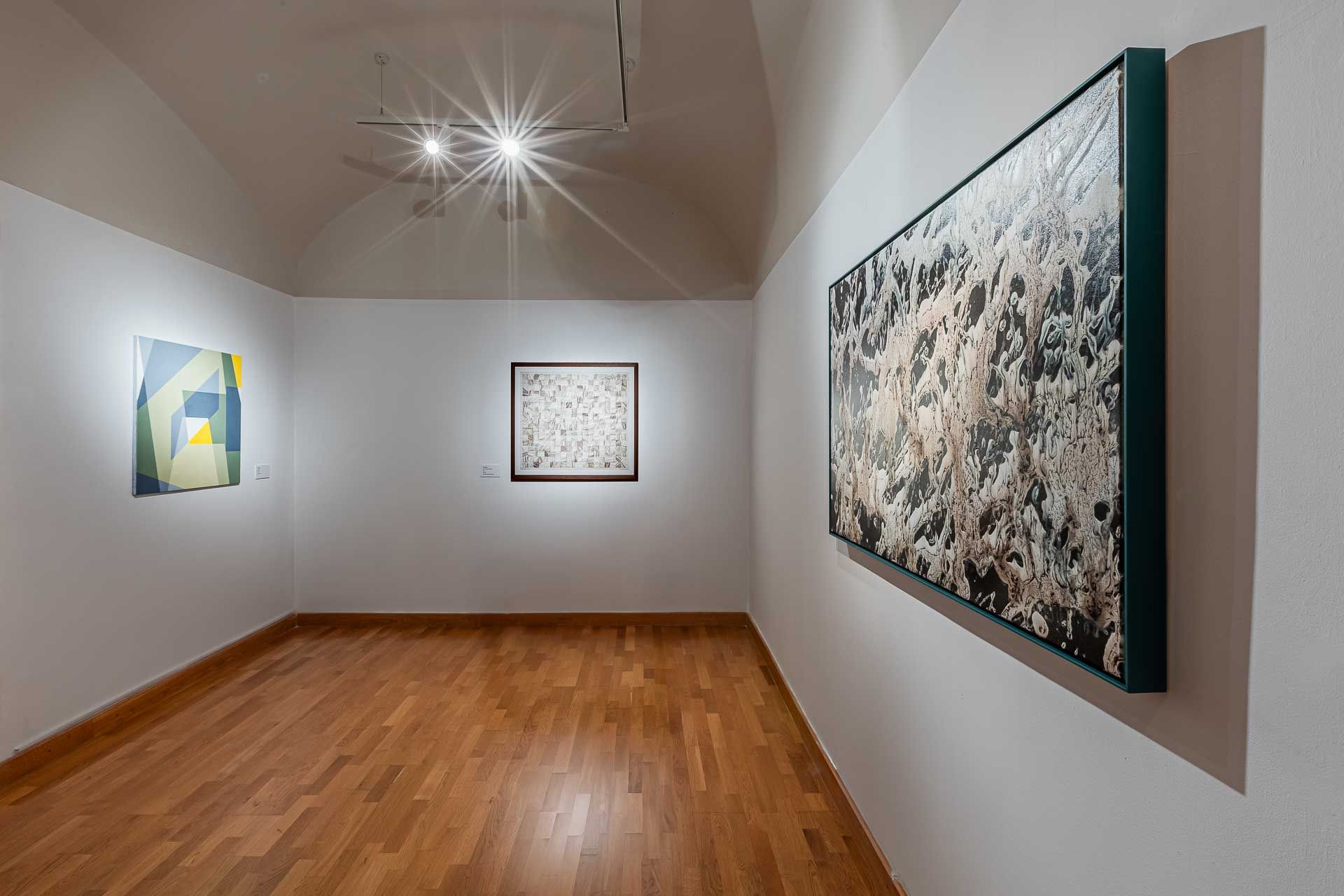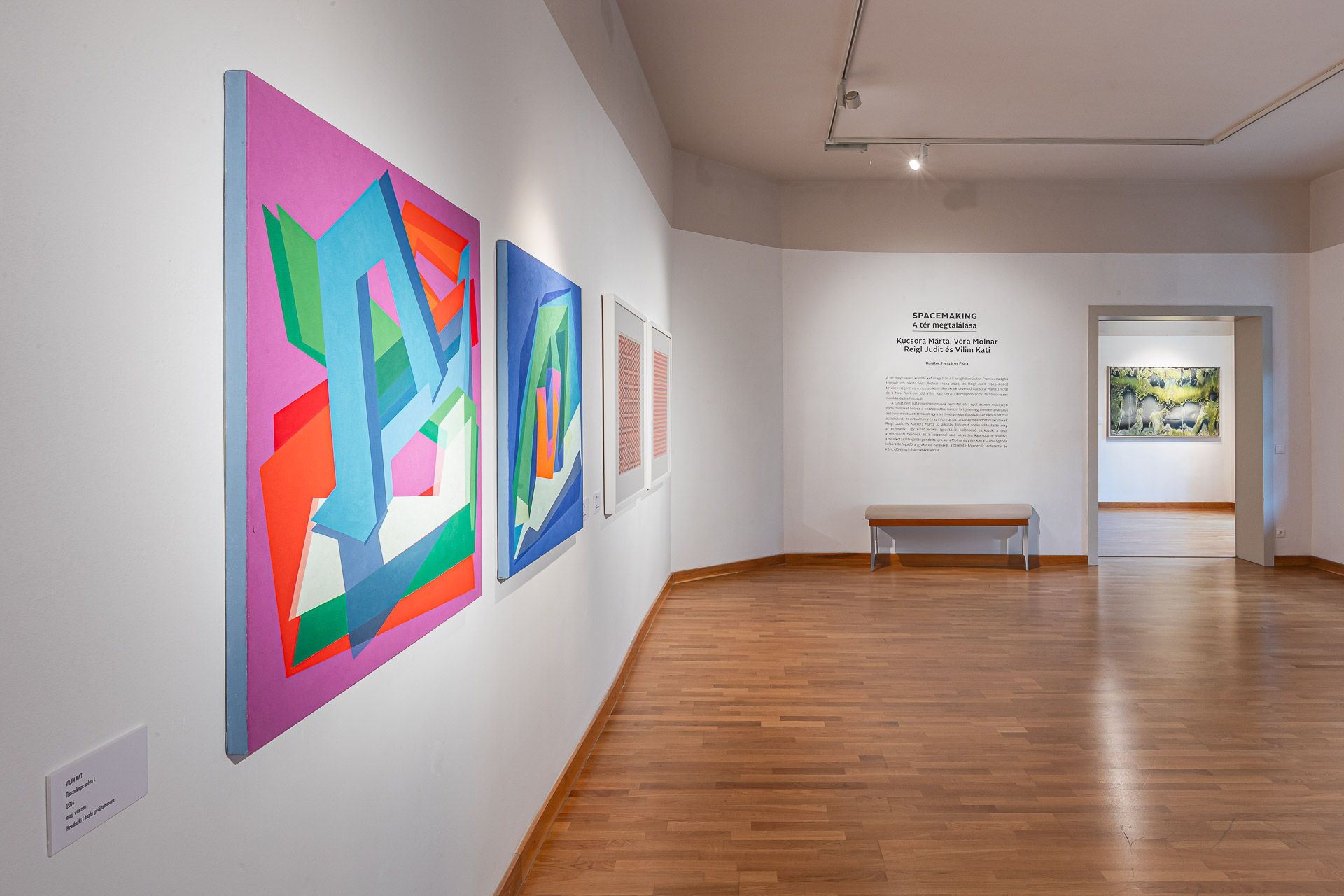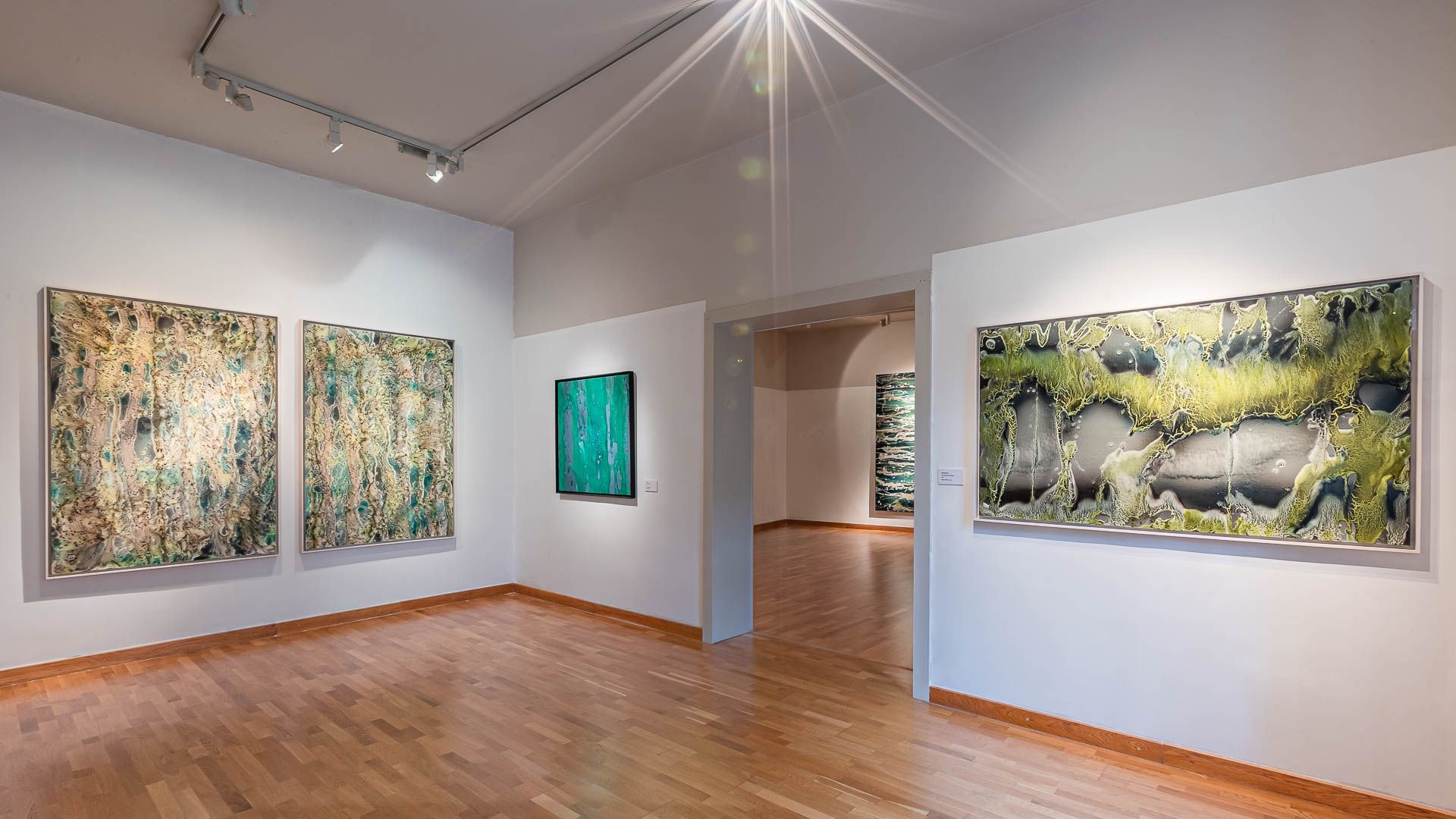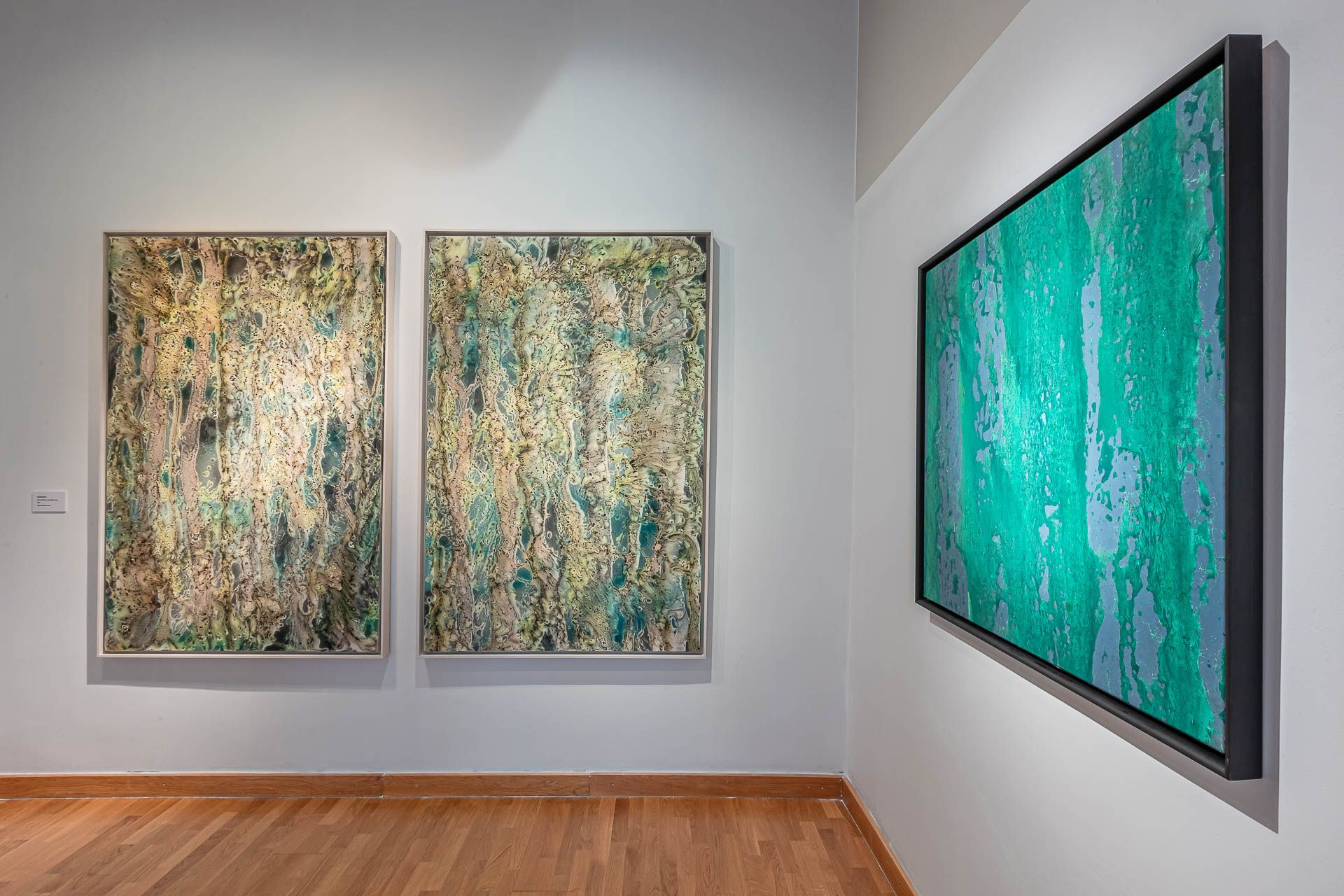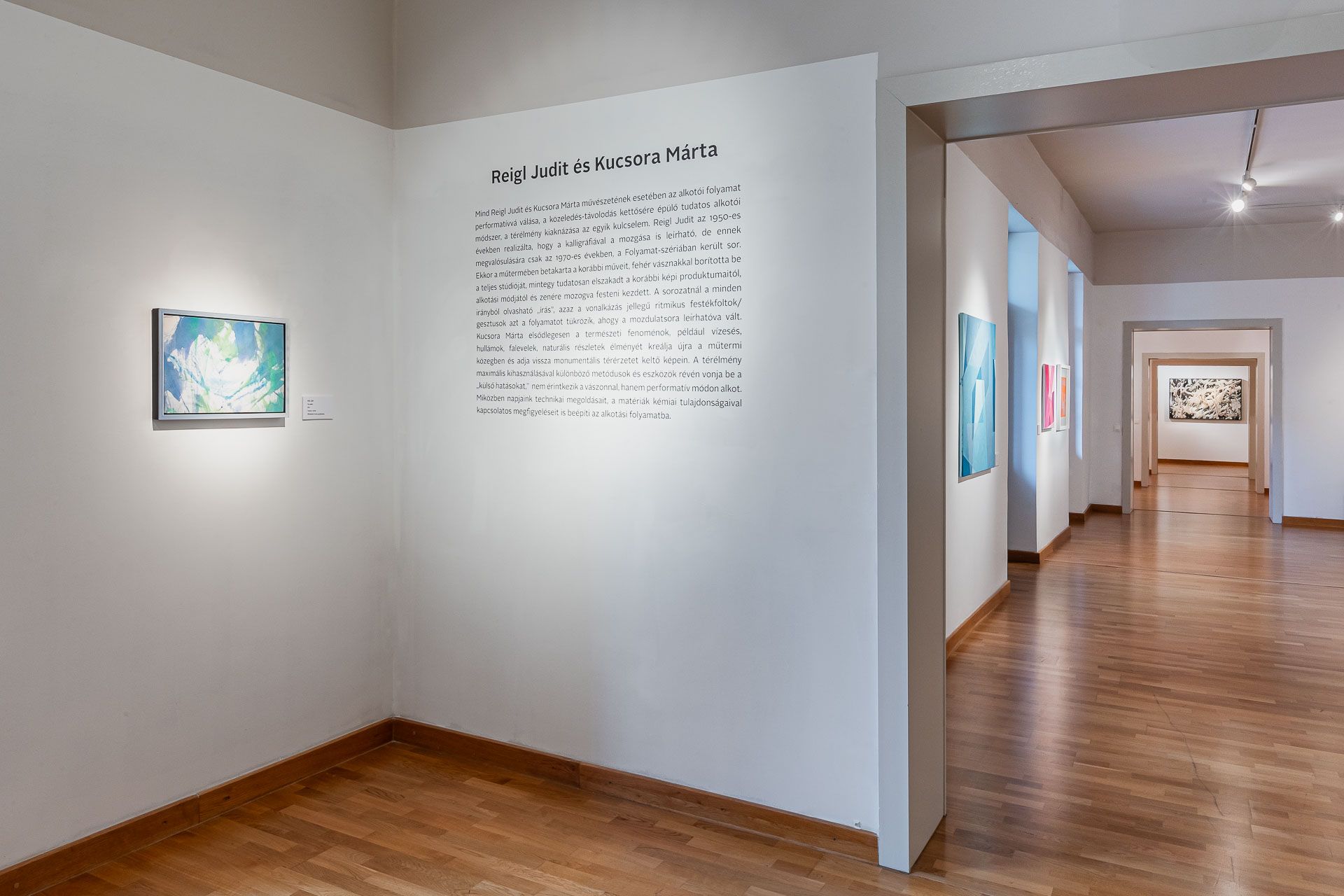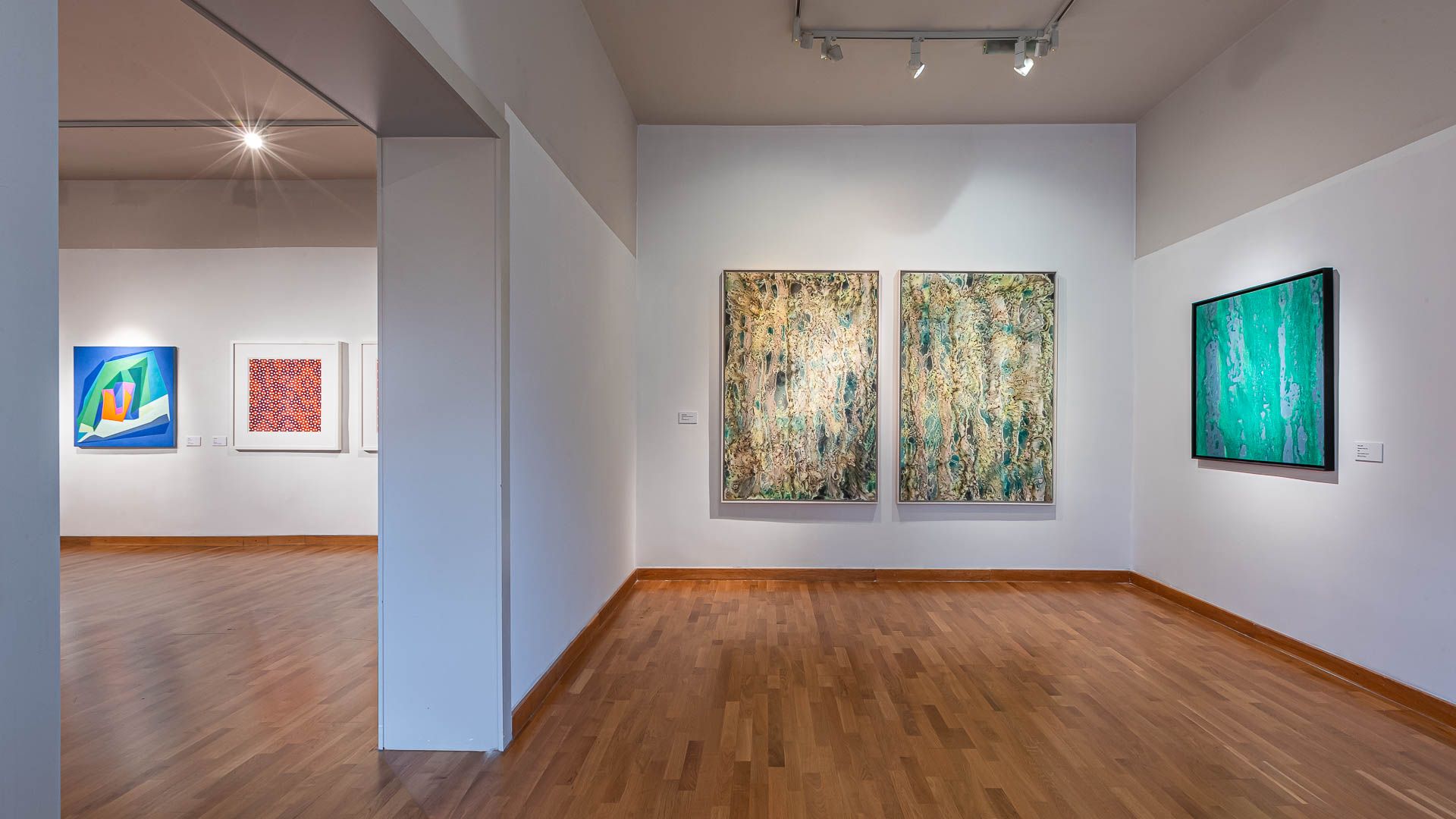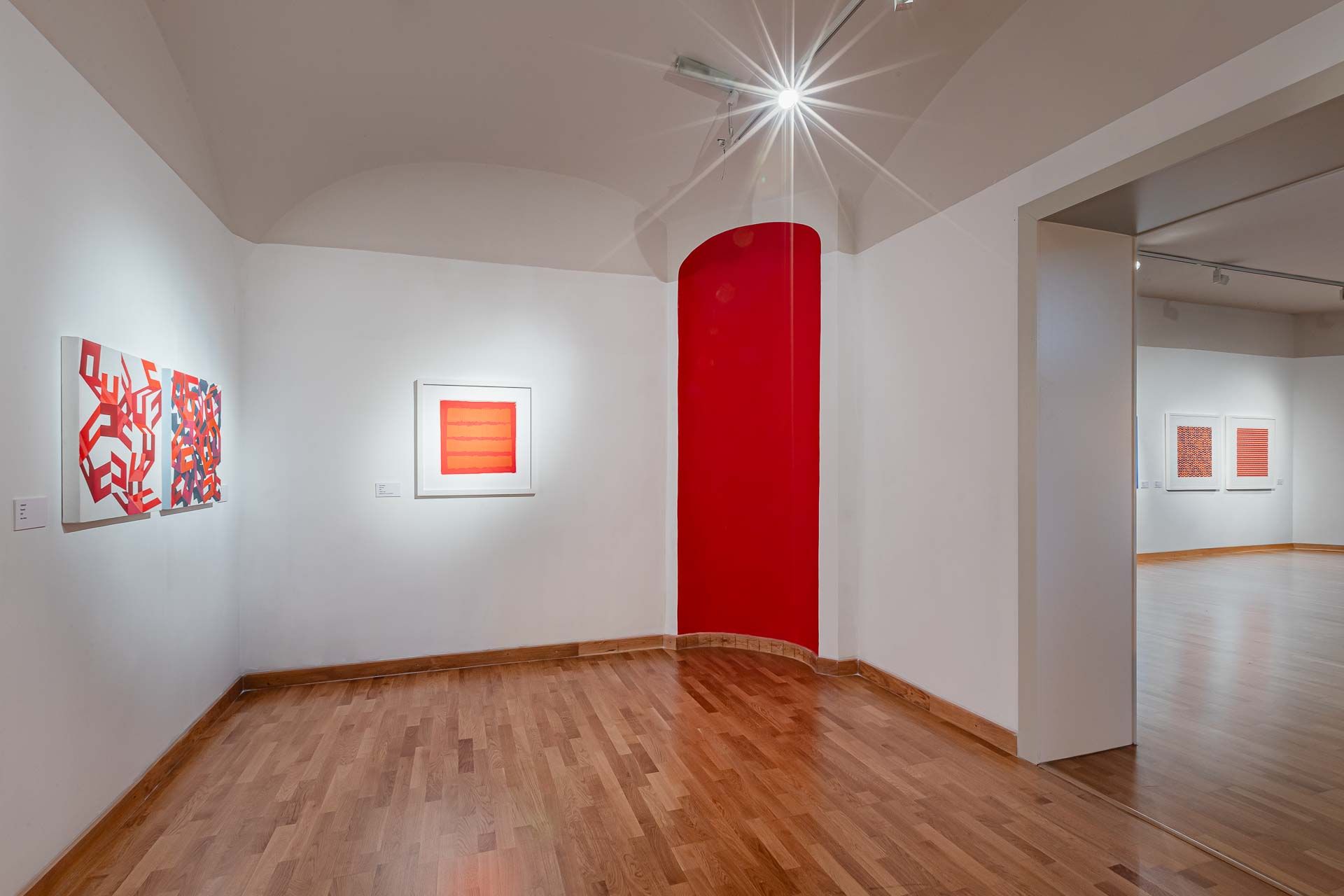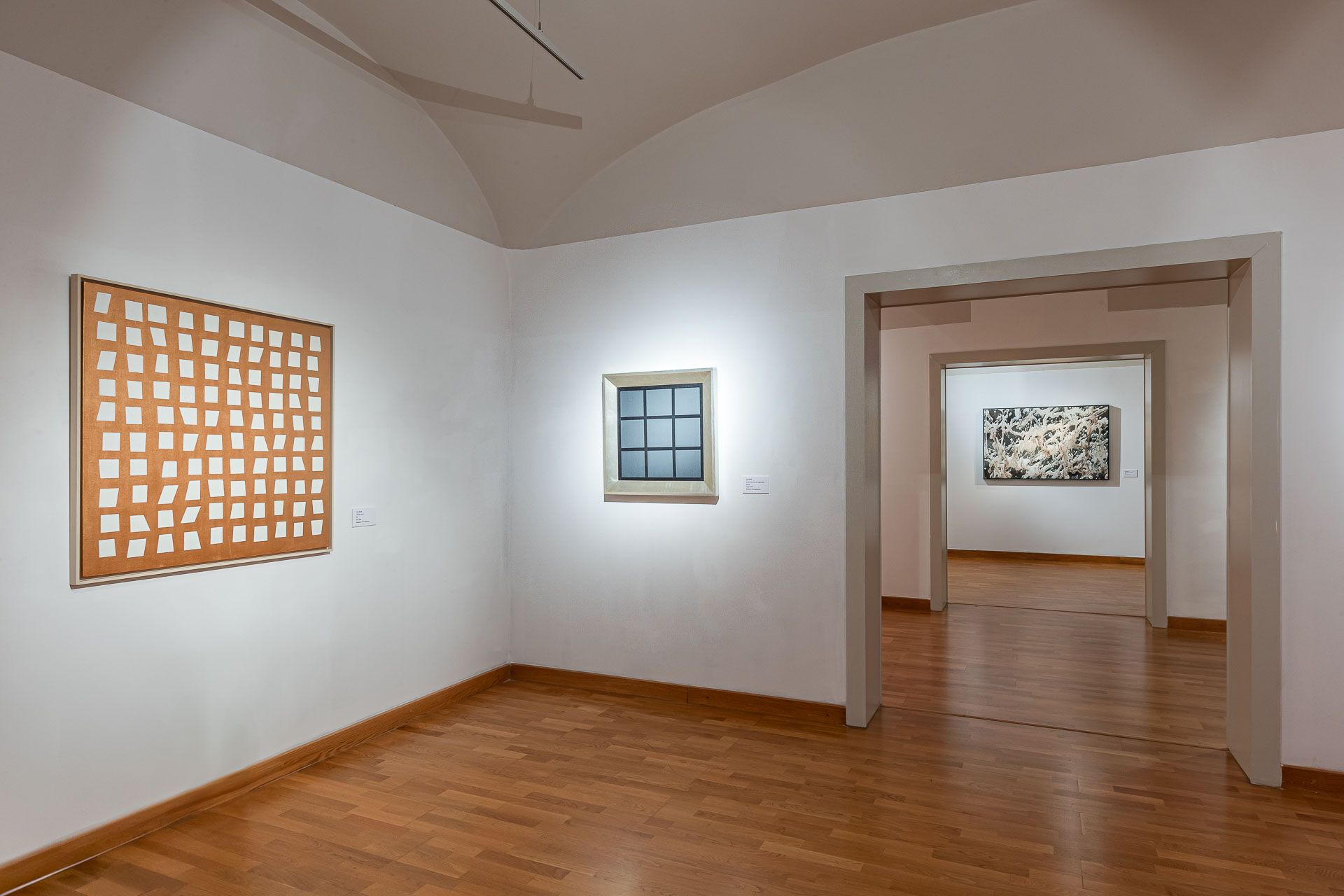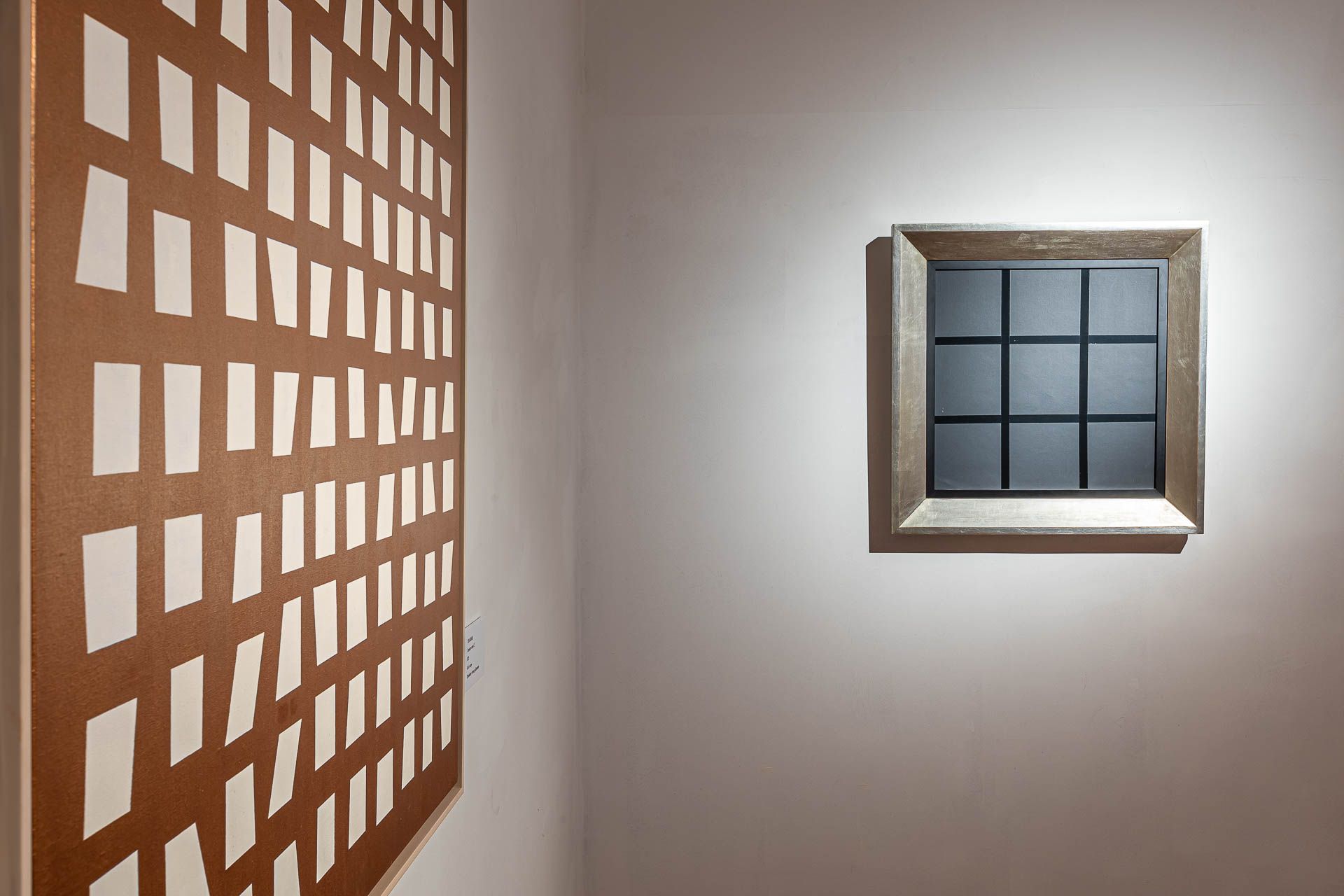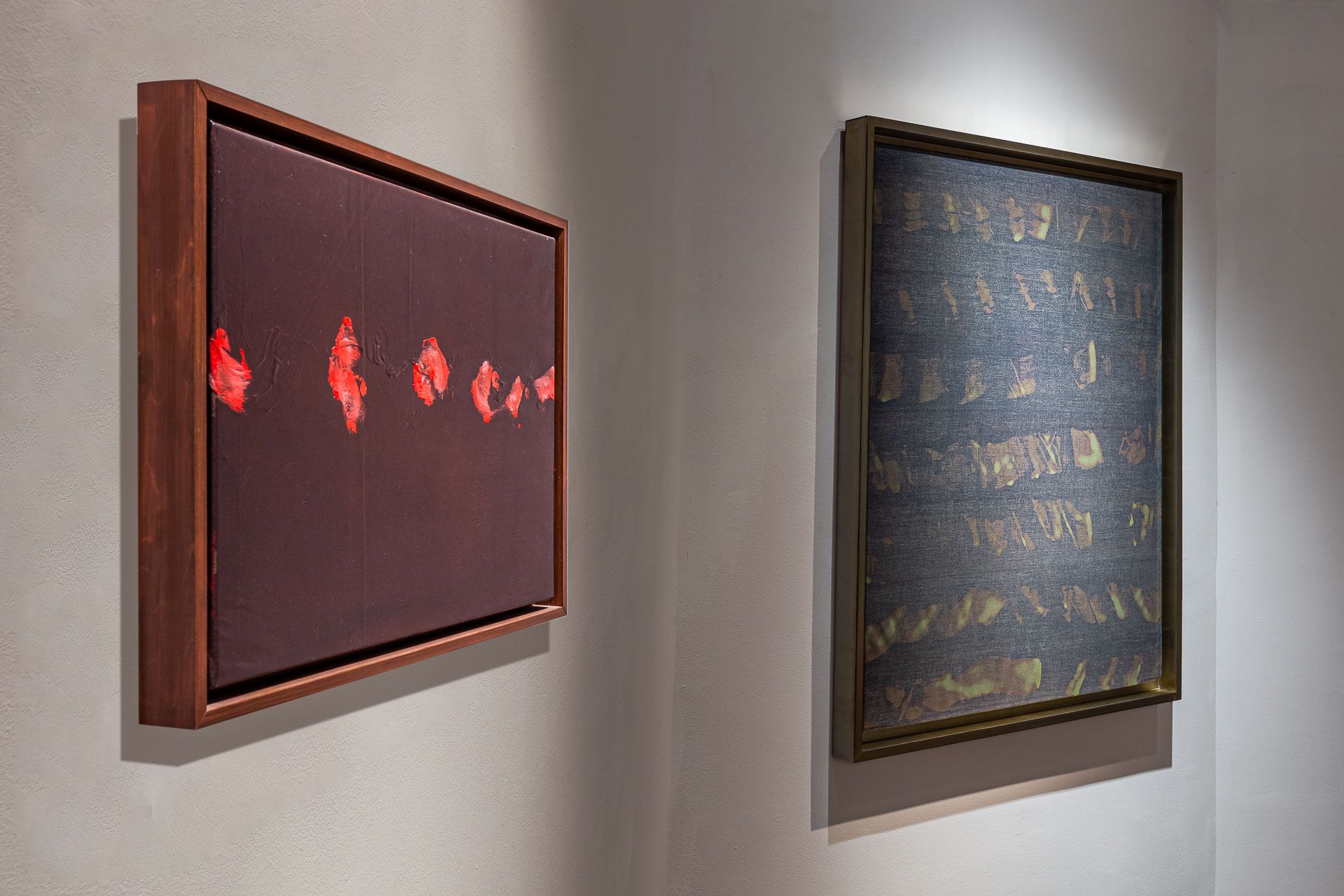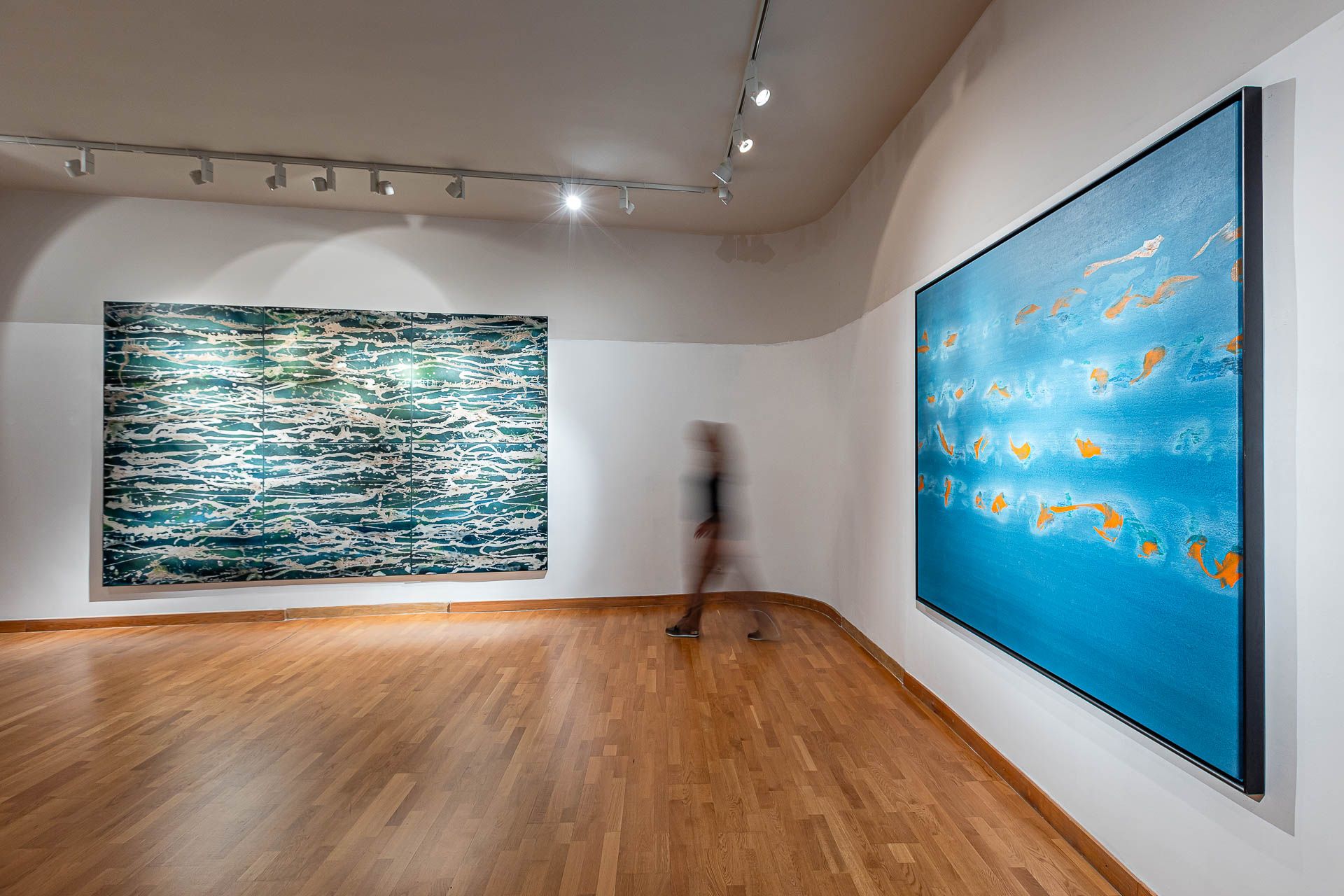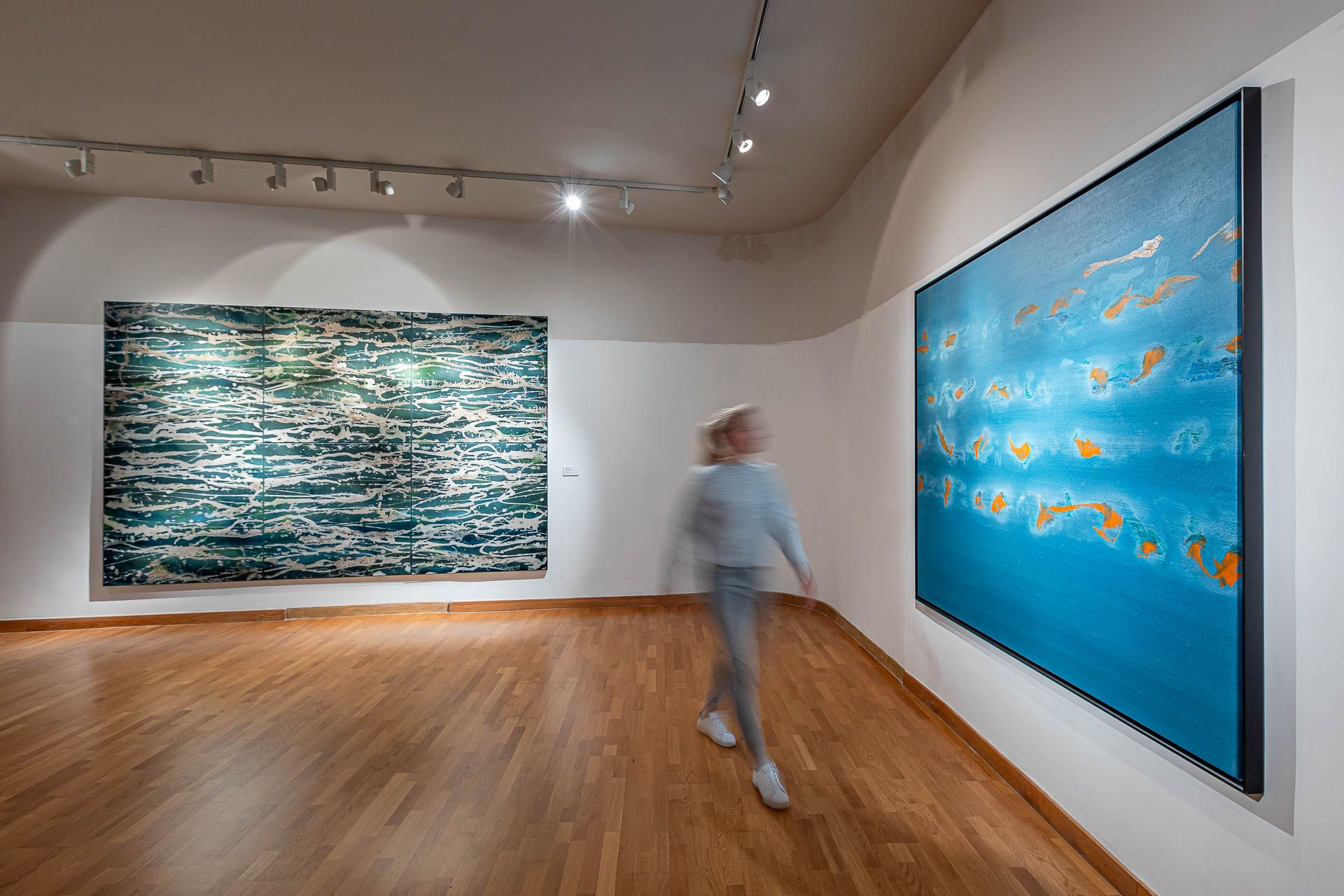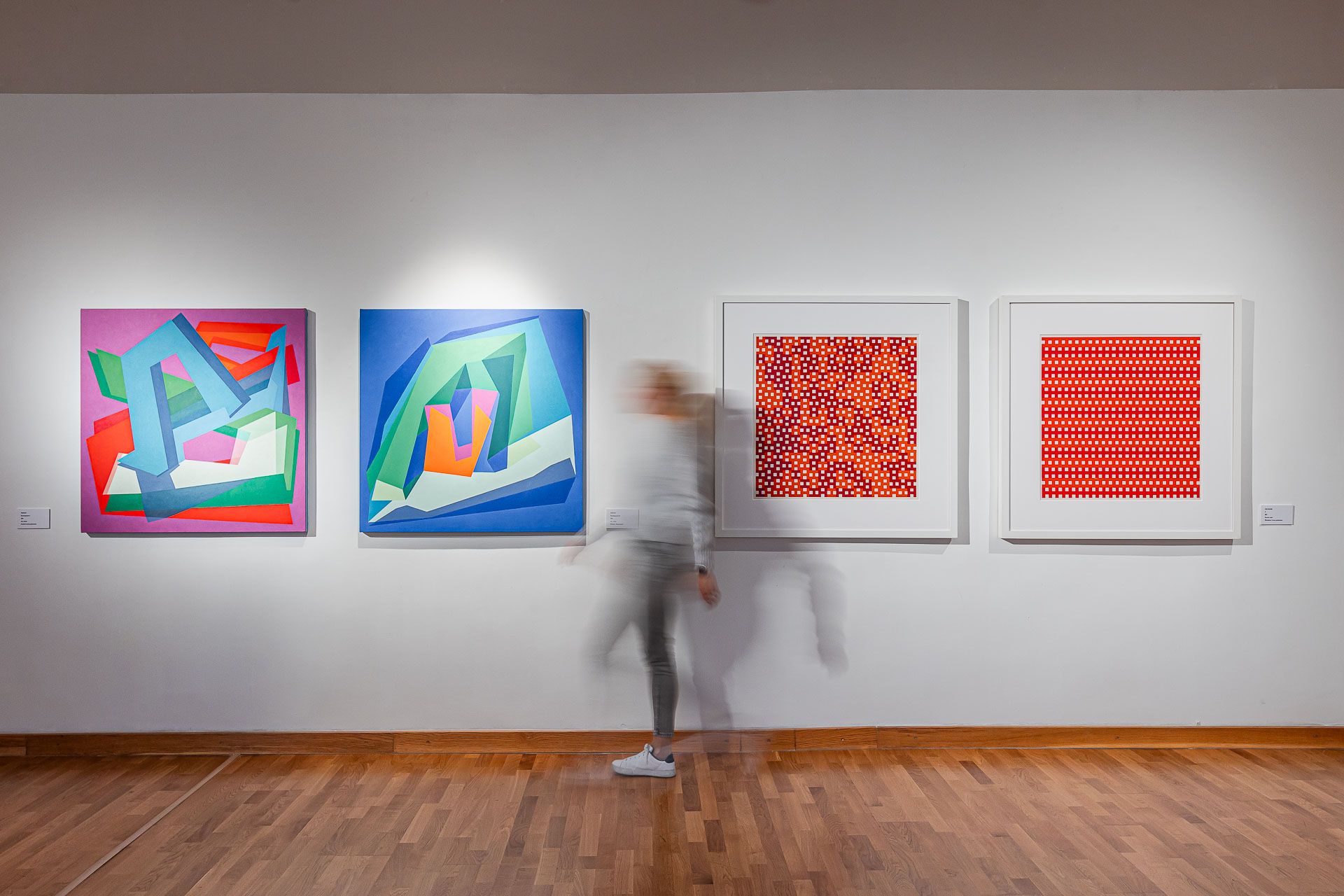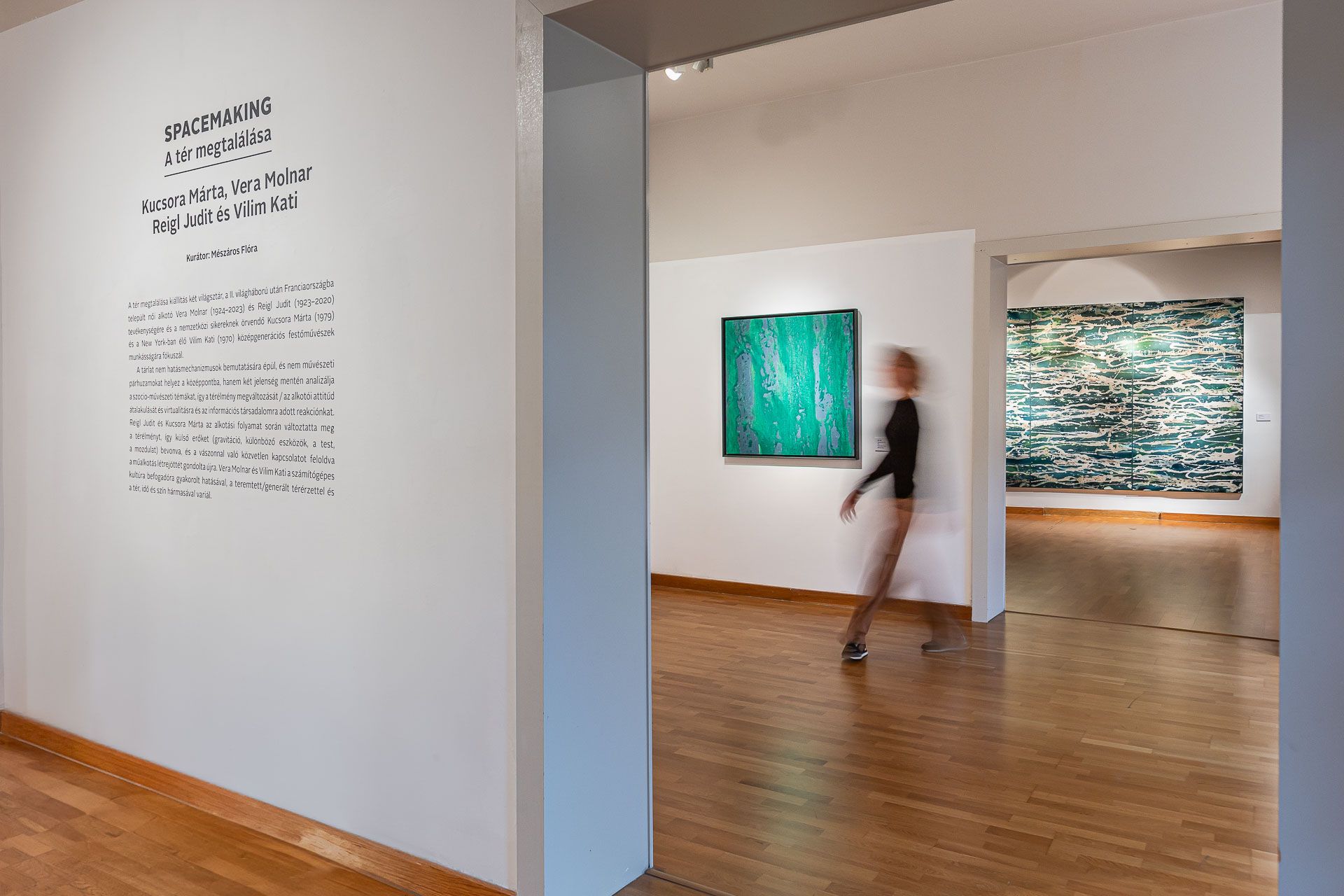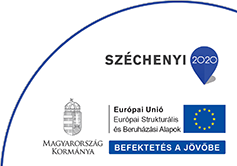TheSpacemakingexhibition focuses on the works of two world-renowned artists, Vera Molnar (1924–2023) and Judit Reigl(1923–2020), both emigratedfrom Hungaryto Paris in theirearly twenties. It also highlights the internationally successfulmiddle-generation HungarianartistsMarta Kucsora (b. 1979) and Kati Vilim (b. 1970), the latter of whom resides in New York.Reflecting on theMaking Spaceexhibition at MoMAin New York in 2017, which highlighted the rise of women artists and theirsignificant socially-driven artistic phenomena over the past fifty years, theSpacemakingexhibition aims not only to exemplifyartistic thought centered on women artists’ ideas but also to address the critical issues that have been at the forefront ofart inrecent decades.The exhibition does not revolve around demonstrating artistic influences or stylistic parallels but insteadanalyzes socio-artistic themes through two phenomena:the transformation of spatial experience and artistic attitudes, and ourreaction to virtuality and the information societyBoth Judit Reigl and Marta Kucsora redefined spatial experience during the creative process, incorporating external forces suchas gravity, various tools, the body, and movement, thereby dissolving the direct relationship with the canvas and rethinkingtheact of creation. Vera Molnar and Kati Vilim, on the other hand, engage with the effects of computer culture on the viewer,exploring the created/generated sense of space and the triad of space, time, and color.
Vera Molnar and Kati Vilim
In the works of Vera Molnar and Kati Vilim, the tools of the information society and the impact of digitalization on people arereflected. Vera Molnar was one of the first artists to use computers in the service of art. She learned to program and beganworking on her projects using this method from the late 1960s. Her focus was on creating geometric images thatsimultaneously reveal space and form, incorporating spontaneity by allowing a 1% margin for randomness and unpredictability inthe otherwise carefully planned process.Kati Vilim, in contrast, creates spatial models on her canvases that reflect the influence of computer culture, which, like manyproducts of digitalization, seem illusionistically real. At the same time, she „contains” or frames the endless barrage of visualstimuli from the information society through traditional painting solutions and the format of the canvas, evoking the valuesof pre-digital visual art in the viewer.
Judit Reigl and Marta Kucsora
Both Judit Reigl’s and Marta Kucsora’s art is marked by a performative creative process that centers on a conscious artisticmethod built around the duality of approaching and distancing, as well as the exploration of spatial experience. In the 1950s,Judit Reigl realized that her movements could be recorded through calligraphy, though this idea was fully realized only inherProcessseries of the 1970s. During this period, she covered her studio with white canvases, effectively separating herselffrom herprevious works and artistic methods, and began painting to music. The rhythmic paint marks and gestural strokes thatcan be viewed from all directions reflect the process by which her movements became recordable.Marta Kucsora, on the other hand, primarily recreates the experience of natural phenomena—such as waterfalls, waves, andleaves—within the studio environment and expresses these in her monumental works that evoke a vast sense of space. Bymaking maximum use of spatial experience and employing various methods and tools, she incorporates „external forces” intoher process, creating art in a performative way without directly touching the canvas. At the same time, she integrates moderntechnological solutions and her observations regarding the chemical properties of materials into her creative process.
Spacemaking
Kepes Institute, Eger
Curator:Dr. Flóra Mészáros
September 28–December 20, 2024
 Kepes intézet
Kepes intézet